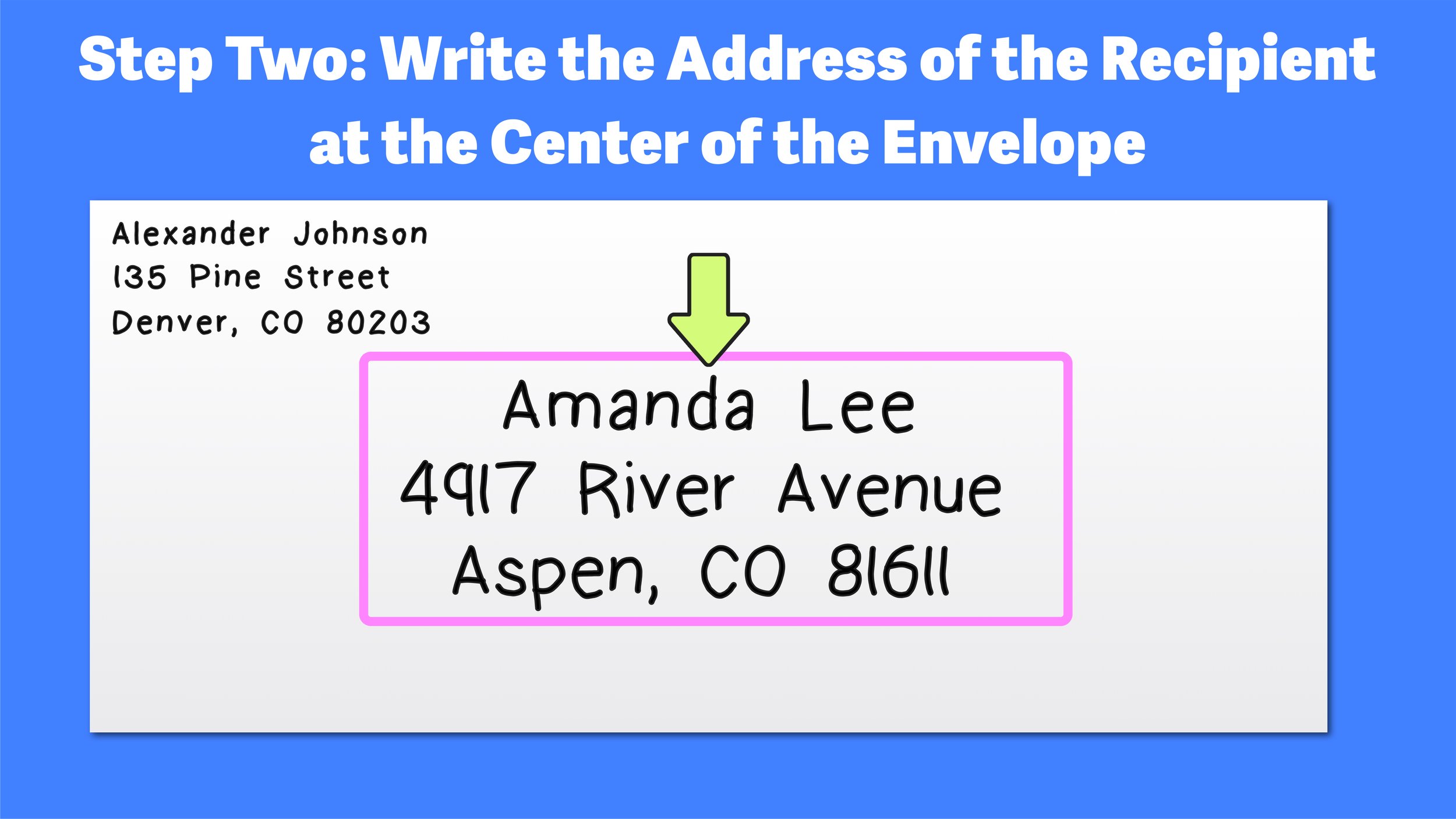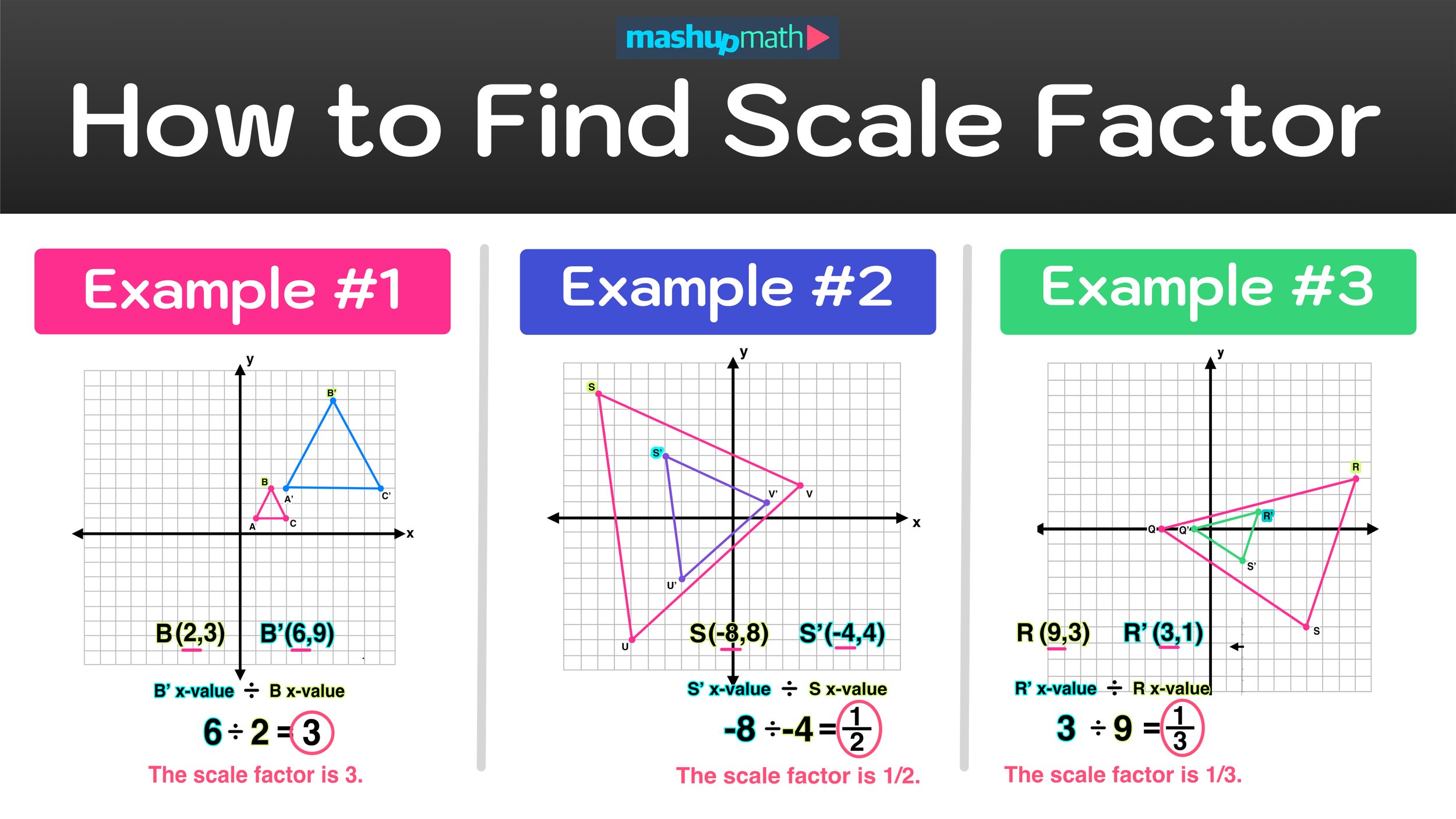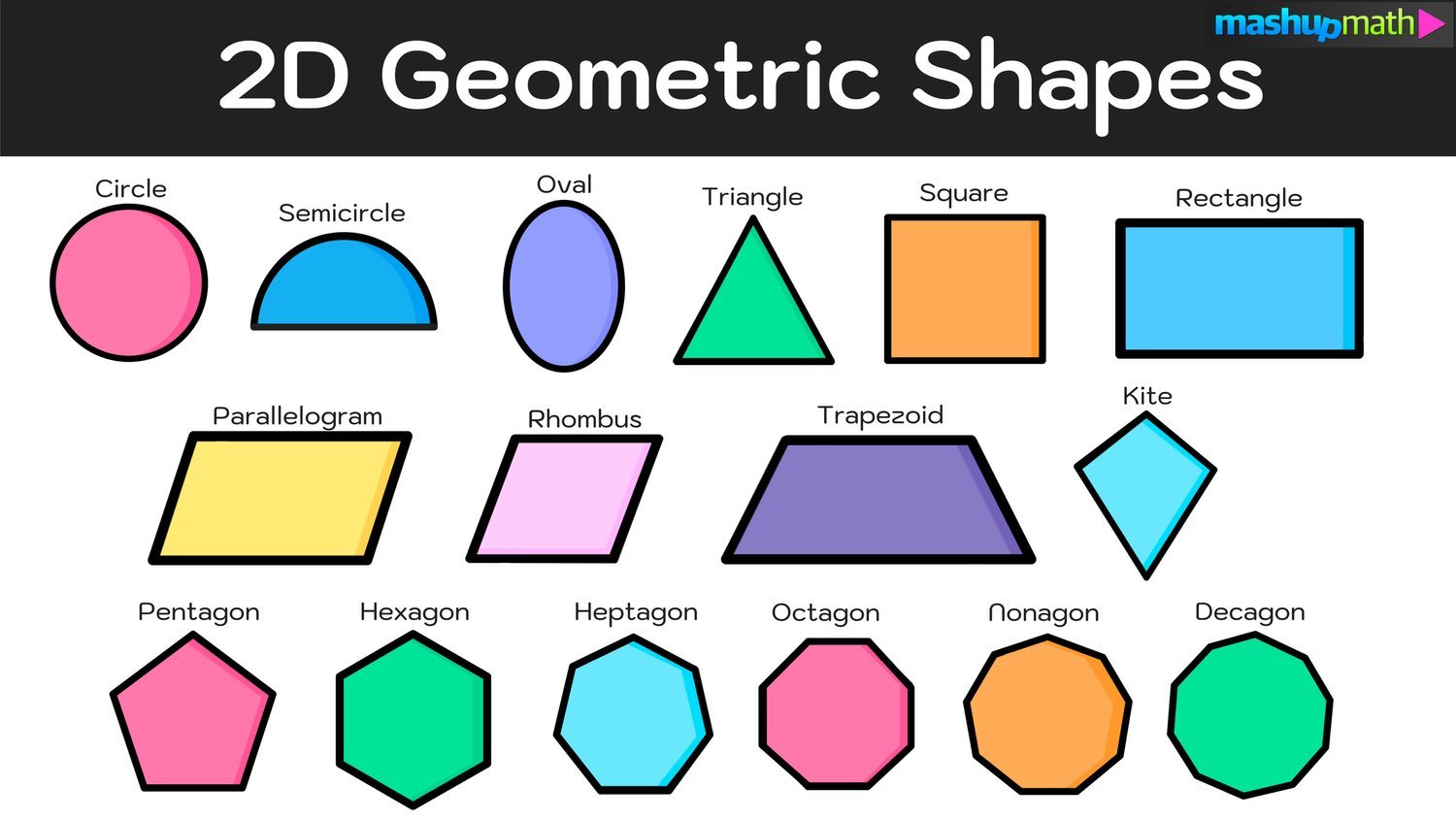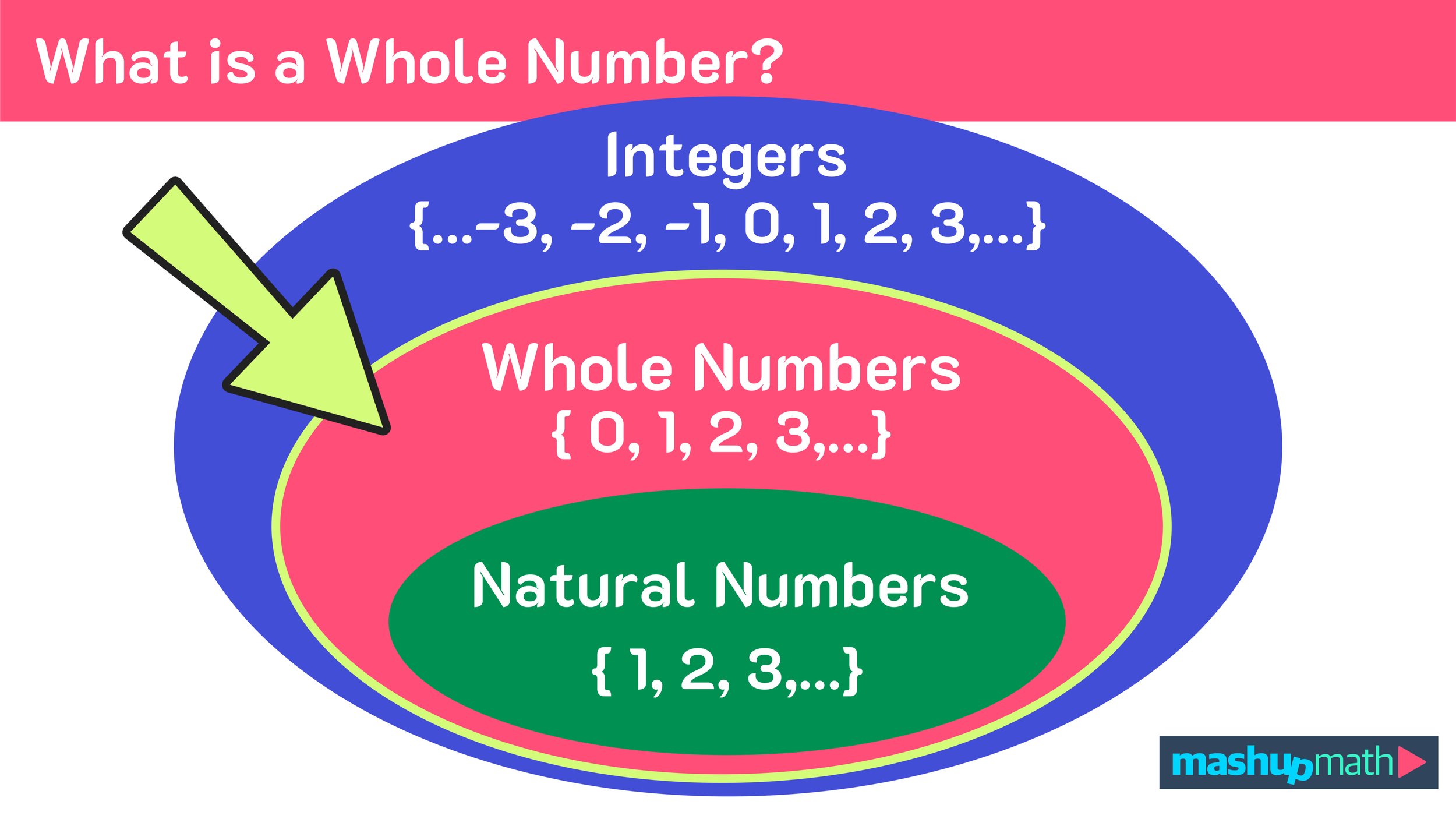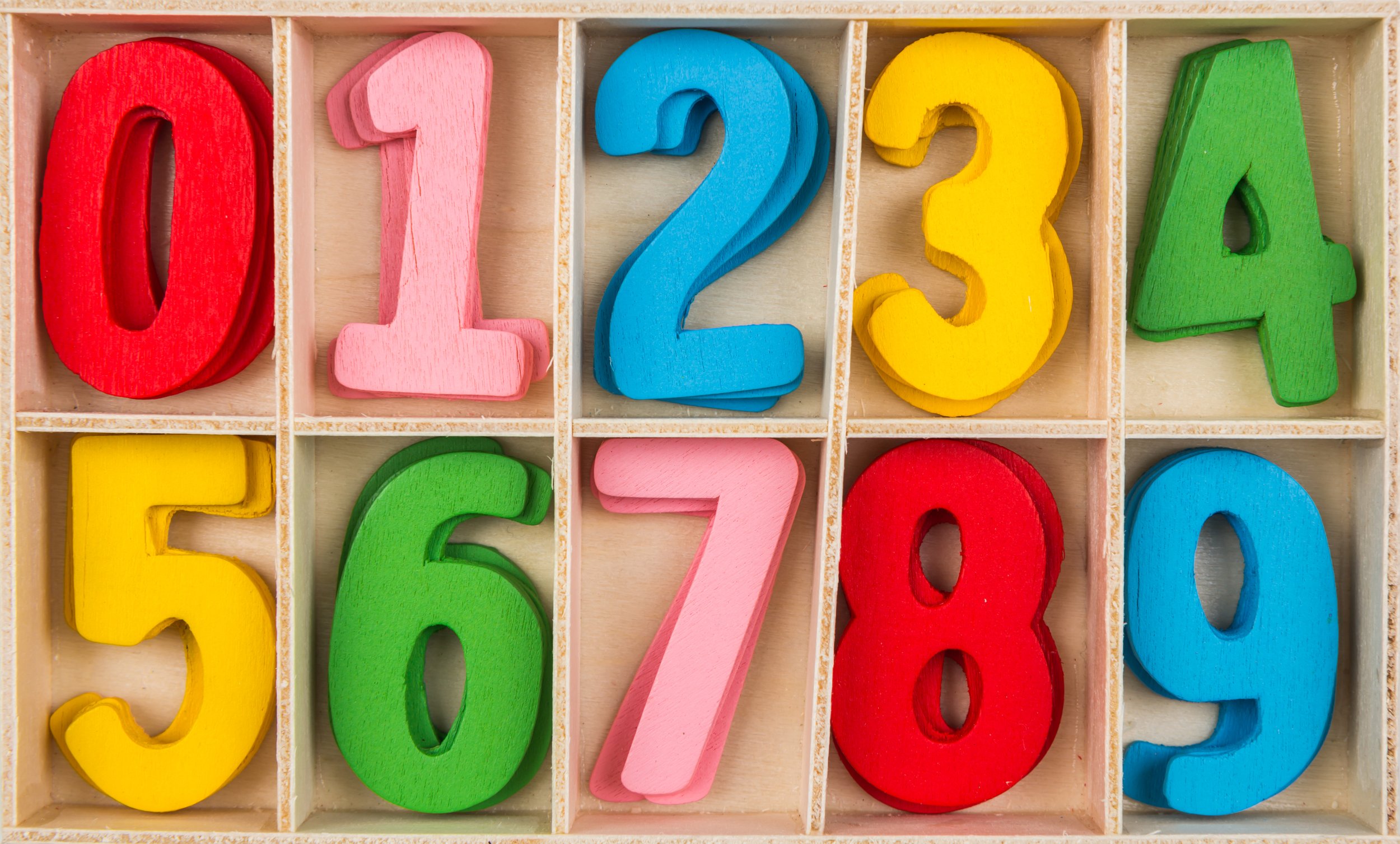How to Address and Envelope Step-by-Step
Your Quick Guide on How to Write the Address on an Envelope
Learn how to write an address on an envelope in 3 easy steps.
Knowing how to address an envelope is a valuable life skill that every person should learn how to do at some point.
Sending and receiving letters containing important information, financial documents, and notifications is a part of adult life and you will need to know how to write an address on an envelope correctly. Luckily, addressing an envelope is relatively easy to do and you can learn how very quickly.
This free Life Skills Guide on How to Write an Address on an Envelope will cover the following topics and examples:
Note that you do not have to follow this guide in order, and you can use the text links above to skip to any particular section that interests you.
Now, let’s start with a quick explanation of why letters and useful and why being able to properly address an envelope is an important life skill like knowing how to write a check.
How to Address an Envelope: Many couples still send physical thank you cards through the mail to individuals who attended their wedding.
What are Letters and Why are They Useful?
Communicating via letters sent in envelops has been done for hundreds of years and, even in today’s digital world, remains a useful and popular way of sending and exchanging information.
Today, letters have many uses such as sending someone a physical card to commemorate an event or to share condolences, important notifications and information, and legal and financial documents.
For example, the Internal Revenue Service (IRS), relies primarily on sending letters through the mail to communicate with and notify individuals. In fact, the IRS’ first point of contact with a customer will always be through the mail, since sending letters is a secure and traceable form of communication.
Since sending and receiving letters continues to be prevalent, learning how to address an envelope is an important life skill because you will certainly want to know that anything that you send—whether it be a birthday card with a check enclosed or your tax return documents—will reach its intended recipient.
How to Address and Envelope: Step-by-Step
How to Address and Envelope in 3 Easy Steps
Now you are ready to learn how to write an address on an envelope.
Note that there are three key steps to correctly addressing an envelope:
Return Address (Top-Left Corner)
Recipient’s Address (Center)
Stamp (Top-Right Corner)
Next, we will walk through each step of how to put the address on an envelope so it reaches its intended destination.
While it is not a requirement, we highly recommend that you use black or blue ink whenever you are addressing an envelope and always write clearly and legibly so that postal workers are not confused or unable to deliver your envelope.
Start with a Blank Envelope
Before you do anything, make sure that you are starting with a blank envelope that is appropriately sized to fit your letter or card.
Note that the standard white envelope for letters is 4.125 x 9.5 inches, but envelopes come in many shapes, sizes, and colors. Greeting cards typically come with an envelope to hold the card as well. No matter what type of envelope you are using, the process below will apply.
However, make sure that you are writing the address on the front side of the letter. The front side is totally blank and empty, while the back side has a flap/opening (see Figure 01 below for a visual reference).
Figure 01: How to Address an Envelope: Start with a blank envelope that is large enough to hold your letter, card, or documents.
Step One: Write the Return Address in the Top-Left Corner
The first step is to write the return address in the top-left corner of the envelope.
The return address is your address (i.e. you, the sender). Putting a return address on a letter serves two purposes:
It lets the recipient know who the letter is from before they open it
If the letter can’t be delivered for any reason, it will be returned to this address
For example, let’s say that our sample letter is being sent by Alexander Johnson who lives at the following address:
135 Pine Street, Denver, CO 80203
In the top left-hand corner of our blank envelope, we will write the following as our return address:
Alexander Johnson
135 Pine Street
Denver, CO 80203
Individuals who send letters often will sometimes have custom envelopes with the return address already printed on them while others will purchase stickers/labels with their return address printed on them. Either of these are exceptional alternatives to handwriting the return address.
Figure 02 below shows what our envelope will look like after writing the return address in the top left-hand corner.
Figure 02: How to Write the Address on an Envelope: Start by writing the return address at the top left-hand corner.
Step Two: Write the Address of the Recipient in the Center
The next step is to write the name and address of the recipient in the center of the envelope.
The recipient is the person or organization you are sending the envelope to.
Make sure that you write the name and address clearly and correctly and make sure that any numbers are legible and obvious to understand. If you make a mistake or if your handwriting is not readable, the letter will not make it to its intended destination.
In this example, we will be sending our letter to our friend Amanda Lee who lives at the following address:
4917 River Avenue, Aspen, CO 81611
In the center of our envelope, in large font, we will write our recipient’s address as follows:
Amanda Lee
4917 River Avenue
Aspen, CO 81611
Our letter after completing this second step is illustrated in Figure 03 below.
Figure 03: How to Address an Envelope: Clearly and legibly write the address of the recipient in the center of the envelope.
Step Three: Stamp and Seal Your Envelope
Now, all that you have to do is place a valid stamp in the top right-hand corner of the envelope and seal the flap on the backside.
Once you have completed this third and final step, your envelope is ready to be mailed.
There are several ways to mail a letter inside of a stamped envelope including:
Dropping the letter off at the post office
Placing the letter in an official USPS postal box
Leaving the letter in your mailbox for your mail carrier to receive
Figure 04 below shows what our envelope will look like after the final step has been completed.
Figure 04: How to Properly Address an Envelope
That’s all there is to it! You have just learned how to write the address in an envelope in a way that ensures that your letter or card will be delivered to the intended recipient. And, because you included a return address, your letter will be sent back to you in the event that it can not be delivered for any reason.
Figure 05 below shows what our completed envelope should look like. Once you have completed all three steps (return address, recipient’s address, and stamp), you are ready to send!
Figure 05: How to Address an Envelope: When your envelope looks like this, it is ready to send!
Example: How to Address an Envelope to a Family
Now that you know how to address an envelope to an individual, let’s take a look at a case where you want to address an envelope to an entire family.
For example, let’s say that Alexander Johnson who lives at 135 Pine Street, Denver, CO 80203 is sending invitations to a New Year’s Eve Party at his house and he wants to invite all six members of the Miller family.
Rather than sending each member their own invitation, he can send one invitation that is addressed to the entire family.
To address an envelope to a family, you will follow the same steps for addressing an envelope that we covered in the previous section, except that the name of the recipient will not be an individual or organization, but the name of the family (i.e. The Miller Family).
Let’s start by writing our return address in the top left-hand corner so that the family knows who the letter is from before opening it, as shown in Figure 06 below.
Figure 06: How to address a letter to a family: always include a return address.
Now, we are ready to write the address of the recipients, The Miller Family, at the center of the envelope.
Let’s say that the Miller family lives at 5242 Olive Tree Way, Evergreen, CO 80439. We would write the recipient’s address as:
The Miller Family
5242 Olive Tree Way
Evergreen, CO 80439
By addressing the envelope this way, it implies that the card/invite inside of the envelope is meant for the entire family and that the message inside can be shared by all family members.
Finally, we just have to stamp our letter and we are all finished.
Figure 07 below shows how to address an envelope to a family as a completed letter ready to be sent!
Figure 07: How to Address an Envelope to a Family
That’s all there is to it. Once your envelope has been stamped and sealed, it is ready to send.
Example: How to Address an Envelope to a PO Box
This next example will teach you how to address an envelope to a PO Box.
A PO Box (or a Post Office Box) is a secure mailbox located at a post office or postal facility that can only be accessed by authorized individuals with a key. PO boxes are often used by individuals or businesses who want a private and secure location to receive mail.
The process for addressing an envelope to a PO Box is exactly the same as step-by-step process for addressing an envelope described in the first section of this guide, except that the address of the recipient will be a P.O. Box address instead of a street address.
For this example, let’s say that Alexander Johnson who lives at 135 Pine Street, Denver, CO 80203 is sending a letter with important financial documents to Gary Smith who works at Green Stripe Bank Headquarters.
Rather than having a traditional address, Green Stripe Bank has a PO Box Address.
To properly address an envelope to a PO Box, we first have to write our return address in the top left-hand corner as shown in Figure 08 below.
Figure 11: How to Address an Envelope to a PO Box: Start by writing the return address in the top left-hand corner.
Next, we are ready to write the PO Box address of the recipient, Gary Smith at Green Stripe Bank, at the center of the envelope.
Let’s say that the PO Box address of Green Stripe Bank is PO Box 247, Dallas, TX 75201:
Gary Smith
Green Stripe Bank
PO Box 247
Dallas, TX 75201
Notice that the address in this example has four lines, including the name of an individual (Gary Smith) and the business he is associated with (Green Stripe Bank). Note that some PO Box address will only include the name of the individual, while others will only include the name of the organization.
All that we have to do now is write this address on the center of our envelope and stamp our letter, as shown in Figure 09 below.
Figure 09: How to Address an Envelope to a PO Box Example.
Now we have successfully addressed an envelope to a PO box and we are ready to send.
How to Address an Envelope
Conclusion: How to Put the Address on an Envelope
There are many reasons why you may have to send a letter, documents, or a card inside of an envelope through the mail and knowing how to address an envelope is an important life skill that you can easily learn.
This free guide taught you how to address an envelope in three easy steps:
Step One: Write the return address in the top left-hand corner
Step Two: Write the address of the recipient in the center of the envelope
Step Three: Place a valid stamp in the top right-hand corner
In addition to our broad explanation of how to write the address on an envelope, we also walked through two specific examples—how to address an envelope to a family and how to address an envelope to a PO box. Both of these examples have useful and practical applications, which is why we gave them a special focus.
In conclusion, by learning how to properly address and envelope, you are able to communicate through the mail in any way that you need to, and you can ensure that whatever you are sending—whether it be cards, letters, or important documents—reaches its intended destination as planned.
Keep Learning:
How to Write a Check in 6 Easy Steps
Knowing how to write a check is an important life skill that every person should know how to do. This free step-by-step guide will teach you everything you need to know about writing checks.







